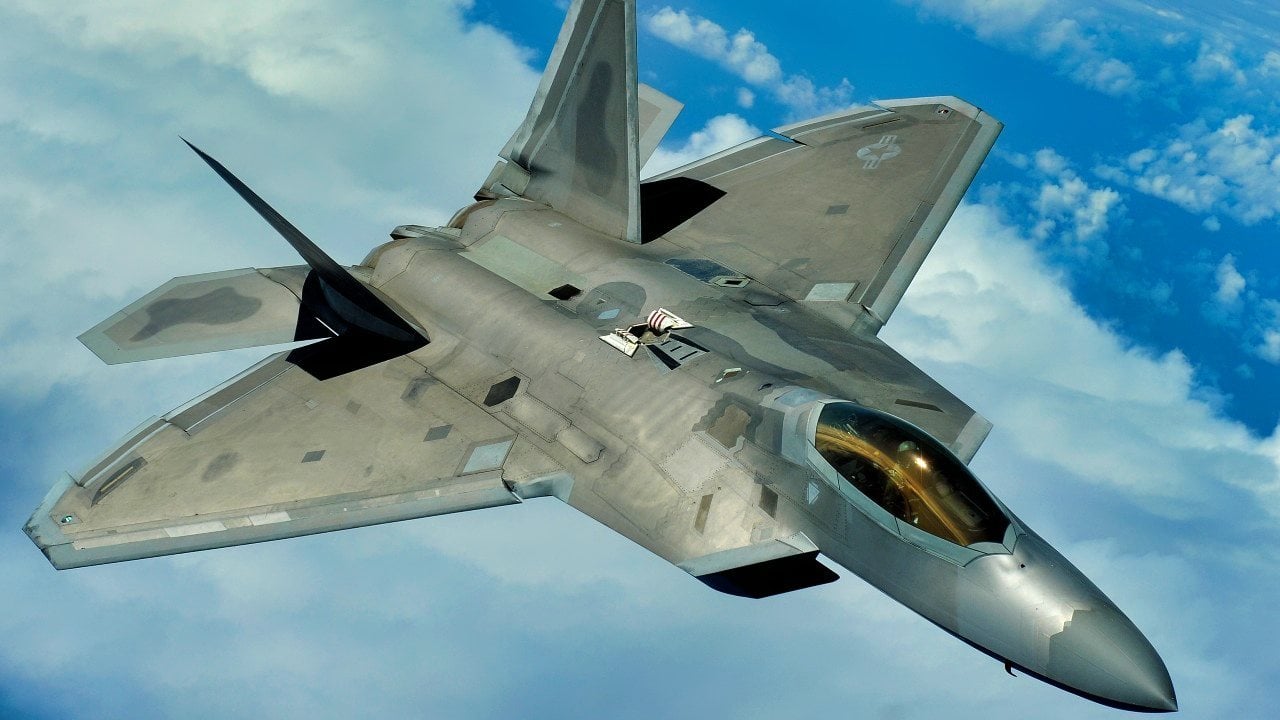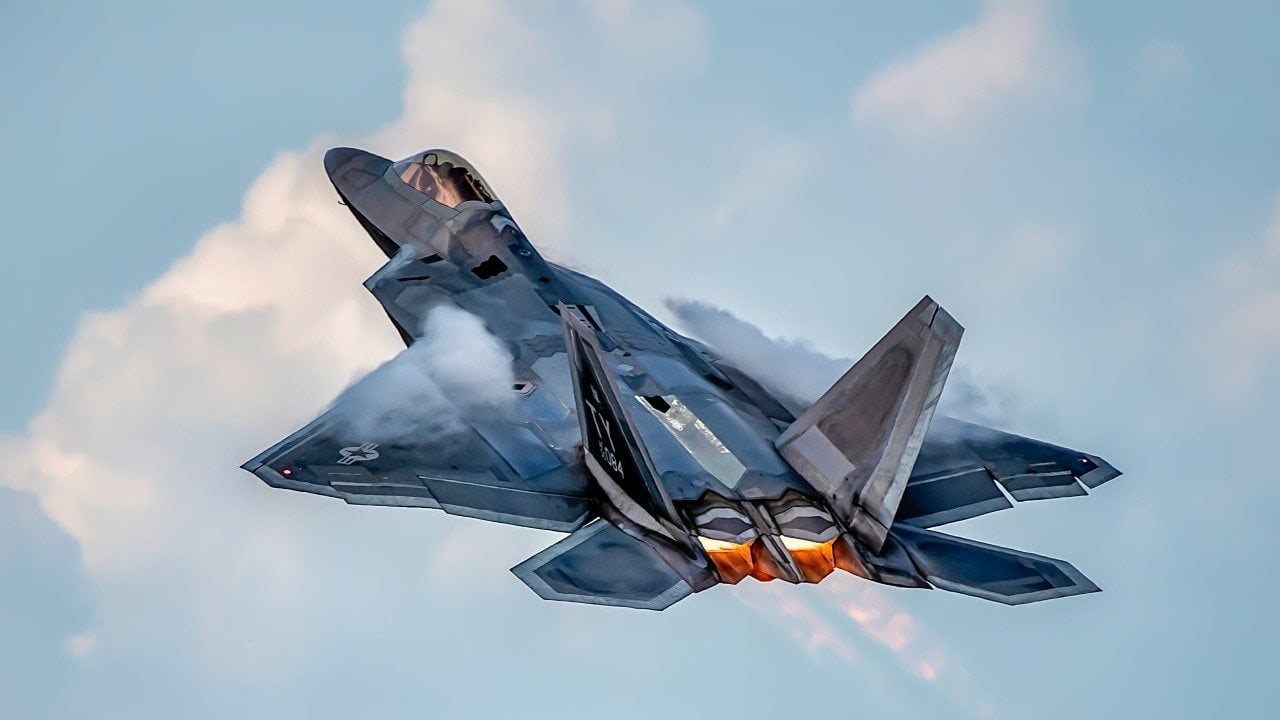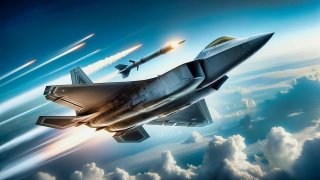F-22 Raptor: The Stealth Fighter Only the U.S. Air Force Flies
Most impressively, the F-22 was the first fighter jet to incorporate stealth technology. In the increasingly contested airspace over modern battlefields, stealth has become completely essential. And for an air superiority fighter, like the F-22, to perform its mandated function, it must be able to survive in contested air space long enough to make that air space uncontested.
F-22 Raptor Is Only for America: The United States has never been shy about exporting its aircraft. Most recently, the Ukrainians were gifted American-made F-16s, but American airframes have been propping up foreign air forces for generations. The F-16 is in use, not just with Ukraine, but Turkey and Greece and Holland. The F-4 is still in service with Greece and South Korea. Israel flies the F-15. Iran, one of America’s chief rivals, is still operating pre-rivalry imports like the F-14 and F-4. And of course the F-35 has been exported to allied nations around the world, including Australia, Singapore, and the UK.
But some US airframes have not been, and will not be, exported. Like the F-22. The F-22 has never been exported. Why? Because federal law prohibits the F-22 from being exported abroad.
The first fifth-generation airframe ever
The F-22, which first flew in the 1990s, was the world’s first operational fifth-generation fighter, and remains today “not only fully relevant to its design goals” but “still unmatched in its combat niche.”
When designers first began envisioning the F-22, they had to incorporate concepts that had never been incorporated into a fighter jet before. The F-22 “was a foray into the future where no one had gone before,” wrote engineer Patrick Bindner. “While it is almost everyday stuff now – it was nothing less than Star-Wars hardware in comparison with existing equipment at both [Lockheed Marti] & the USAF [who] were learning how to do it as they went along that pathway. It was a piece of extreme exotica, using cost-is-no-object engineering & materials. It looks like an airplane, but it was the very first full-on stealth fighter.”
Most impressively, the F-22 was the first fighter jet to incorporate stealth technology. In the increasingly contested airspace over modern battlefields, stealth has become completely essential. And for an air superiority fighter, like the F-22, to perform its mandated function, it must be able to survive in contested air space long enough to make that air space uncontested (aka gain air superiority).
The F-22’s stealth capabilities were the results of massive amounts of research, development, and cash investment. And the result was the first stealth fighter jet ever. Understandably, the US took precautions to prevent such cutting edge, and expensive, technology from falling into the hands of rival states.
A Ban on Exports of F-22
In refusing to export the F-22, the US may seem slightly paranoid. But exporting aircraft hasn’t always gone well in the past. Iran, once an ally, still operates American fighter jets while pursuing interests that cut against the interests of the US. And the US has cause to be concerned, with China actively pilfering US defense secrets; the Chengdu J-20 looks suspiciously similar to the Lockheed Martin F-35.

The US knows that as soon as an airframe is exported, the responsibility for keeping that airframe’s technology safeguarded is also exported. And understandably, the US has never been willing to trust another nation with safeguarding the secrets of the F-22.

It’s not just that another nations security measures, online or physical, could be violated. It’s also the likelihood that a foreign nation would lose an airframe in combat, perhaps behind enemy lines, where an opportunistic nation could scoop up the wreckage and begin reverse engineering. It’s one thing when it’s a fourth-generation F-16, but quite another entirely when it’s an F-22 Raptor.
About the Author
Harrison Kass is a defense and national security writer with over 1,000 total pieces on issues involving global affairs. An attorney, pilot, guitarist, and minor pro hockey player, Harrison joined the US Air Force as a Pilot Trainee but was medically discharged. Harrison holds a BA from Lake Forest College, a JD from the University of Oregon, and an MA from New York University. Harrison listens to Dokken.
Image Credit: Creative Commons.


